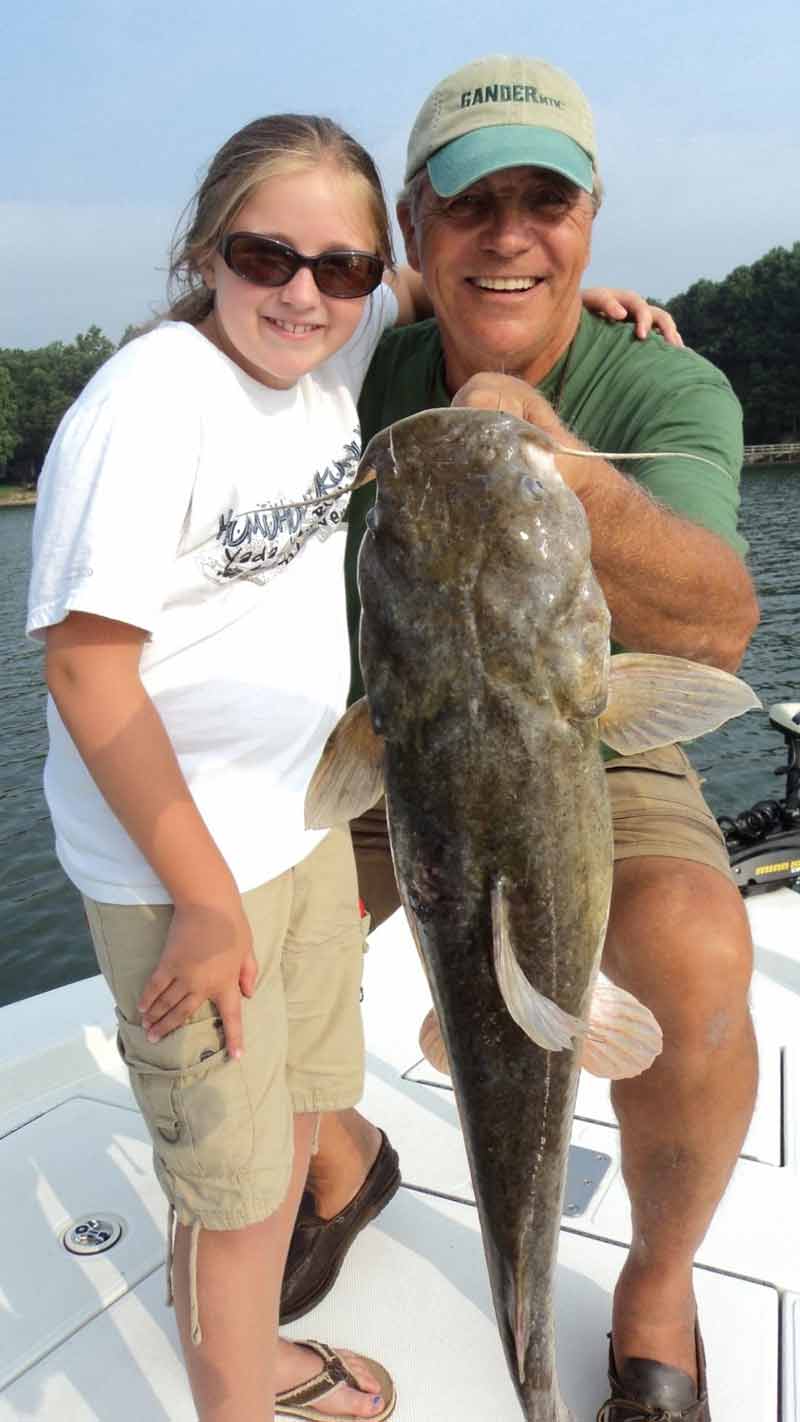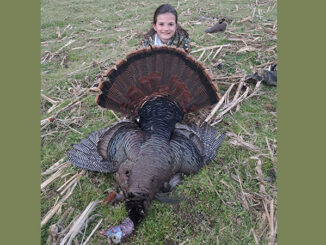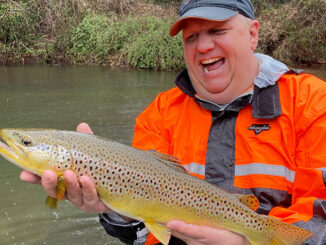
Flatheads stay active when other cats get the summer blues
Most species of fish slow down in hot weather, but flatheads in North Carolina’s Lake Norman thrive in the heat.
“Unlike channel cats and blues, which become lethargic when the water temperature rises, flatheads are perfectly comfortable with water temperatures in the 90s and are active feeders,” said Gus Gustafson of Lake Norman Ventures (www.fishingwithgus.com).
Flatheads also differ from other cats because they’re huge predators that prefer live bait, including white perch, bream and goldfish. Occasionally, they’ll eat freshly cut shad.
“They care little for stinkbaits or dead baits and reside slightly off the bottom near creek-channel edges and drops in 15 to 20 feet of water, waiting for prey,” Gustafson said.
For those unfamiliar with Norman’s expansive waters, he said the easiest way to locate summer flatheads is to spy shad being driven to the surface by schools of white perch.
This surface disturbance can occur anywhere at the lake. But Gustafson said good bets are Mountain Creek and the waters around Lake Norman State Park.
“Historically, these places attract plenty of baitfish and large schools of white perch. So they’re good places to start your search,” he said. “I don’t fish the warm-water discharges because the water there becomes too warm in the summer.”
And when no surface activity is present? Gustafson uses his electronics to find the forage in conjunction with perch.
Look for the white perch and you’ll find flathead cats
When white perch are tearing into forage, the flatheads follow the action from below. And they feed on the scraps of baitfish left behind. Fishermen who lower live or cut perch into the melee will often be rewarded with flatheads tugging their lines.
Otherwise, Gustafson anchors in a likely area and sets out as many rods as he can manage without getting the lines tangled.
His rigs consist of stout 7-foot rods with light tips paired with Ambassadeur 6500 clicker reels filled with 30-pound monofilament. He prefers mono over braid or fluorocarbon.
“With 30-pound line, you don’t need a leader because flatheads won’t spin and cut your line like big blues,” he said.
Gustafson completes his rig with an egg sinker weighing no more than 1 ounce to reach the desired depth, taking into account current and wind. He lowers the baits until they’re just above the bottom.
He uses a No. 5/0 or larger, wide-gap circle hook to hold his bait.
“With circle hooks, setting the hook isn’t necessary,” said Gustafson. “Just wind, and the cat will hook itself.”
Gustafson said the typical Norman flathead weighs from 10 to 30 pounds with an occasional 40- or 50-pounder in the mix.
“You’ll see bubbles when the fish comes up, so have a big net handy” said Gustafson.




Be the first to comment